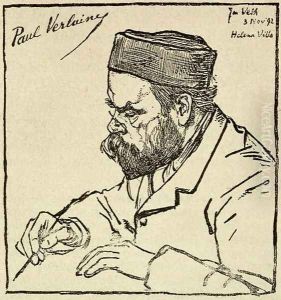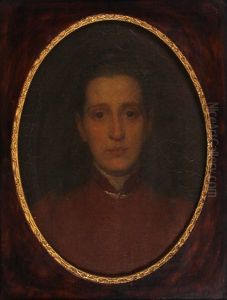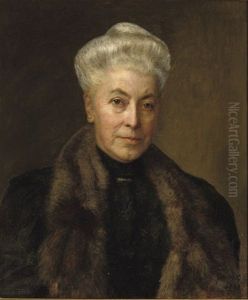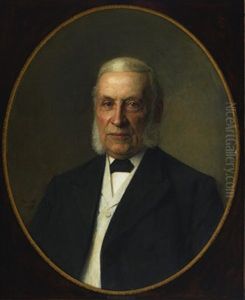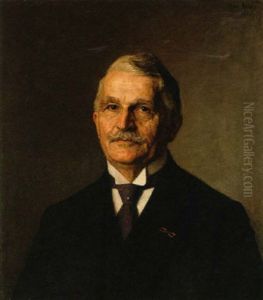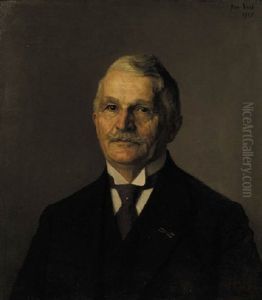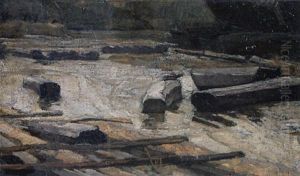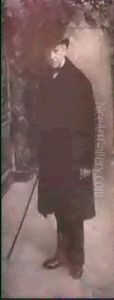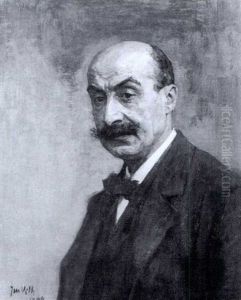Jan Pieter Veth Paintings
Jan Pieter Veth, born on May 18, 1864, in Dordrecht, Netherlands, was a prominent Dutch painter, portraitist, and art historian who left a significant mark on the Dutch art scene of the late 19th and early 20th centuries. His work is characterized by its meticulous detail, psychological depth, and a strong influence from the Dutch Old Masters. Veth's academic and artistic training began at the Rotterdam Academy and was furthered at the Royal Academy of Art in The Hague, where he developed his technical skills and artistic sensibilities.
Veth's career began to flourish when he moved to Amsterdam. He became well known for his portraits, which were highly sought after by the Dutch elite. These portraits are often noted for their insightful depiction of the subject's character and social status, and they reflect Veth's keen interest in realism and individuality. His artistic style was also influenced by his travels to Germany and his contact with the German art world, particularly the Munich Secession movement, which emphasized freedom from the constraints of academic art.
Aside from portraiture, Veth made significant contributions to the field of art history and criticism. He wrote extensively on art, contributing to various journals and periodicals. His writings reflect his deep knowledge of art history and his critical acumen, providing insights into the Dutch and European art scenes of his time. Veth's interest in the historical context of art led him to become a professor of art history at the University of Amsterdam, where he was able to share his expertise with a new generation of artists and art historians.
Jan Pieter Veth's legacy extends beyond his paintings and writings. He was actively involved in the art community, contributing to the founding of the periodical 'De Nieuwe Gids' and participating in various art societies. His influence was also felt in the realm of public art and cultural policy, as he was involved in the discussions and decisions about art in the public domain. Veth passed away on July 1, 1925, in Amsterdam, but his contributions to the Dutch art world continue to be recognized and celebrated. His works are held in high esteem and can be found in various museums and private collections in the Netherlands and beyond. Veth remains a pivotal figure in Dutch art history, remembered for his portraits imbued with psychological depth and his scholarly contributions to the understanding of art.
